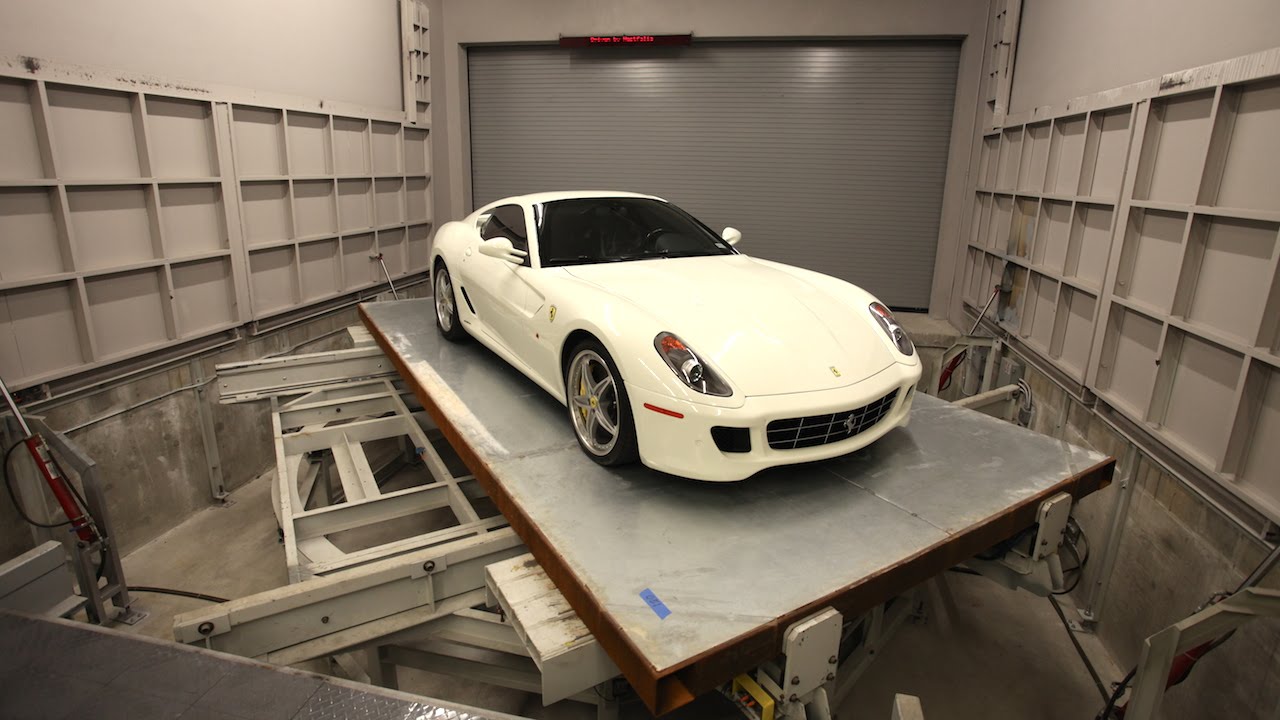
Garage Doors and Parts – High-Tech Garage Storage Solutions are transforming how homeowners manage clutter and organize tools. These smart systems integrate advanced technology. Efficiency and accessibility improve through app-connected shelves and automated features. Homeowners increasingly prioritize function, space, and aesthetics. Garages are no longer storage overflow zones. Instead, they serve as smart, adaptable workspaces.
Smart storage solutions now dominate home improvement trends. App-controlled cabinets let users access inventory remotely. Motorized ceiling lifts store seasonal items with ease. These systems reduce physical strain and increase available floor space. Sensor-equipped drawers track usage and notify when supplies run low. Smart lighting adjusts based on motion and time of day. Climate-controlled units preserve sensitive tools or materials. Automation ensures every inch of space serves a purpose. Manufacturers now focus on modular and scalable designs. Functionality expands without sacrificing layout simplicity.
“Read about: Steel & Faux Wood: The Future of Sustainable Garage Door Innovation”
Connectivity defines today’s garage storage systems. Mobile apps allow inventory management from anywhere. Items are tagged and located using RFID or QR codes. Digital checklists help users track maintenance schedules. Some systems integrate with voice assistants like Alexa or Google Home. Instructions and usage data are stored for easy access. Toolboxes can now alert users if a tool is missing. Maintenance alerts ensure hardware stays in optimal condition. Smart chargers monitor battery health for power tools. Efficiency replaces chaos in the modern garage.
Personalization drives demand for high-tech storage. Users can design their own layout using 3D planning tools. Wall-mounted systems adjust to the height of the user. Cabinets feature soft-close mechanisms and touchless access. Lighting schemes can be changed via smartphone. Color-coded bins simplify organization for families or teams. Heavy-duty drawers withstand industrial-grade loads. Workbenches feature built-in charging docks and USB ports. Adjustable shelving accommodates different seasons and hobbies. Every detail supports convenience and smart living.
“Read more: Maximize Garage Space with Modular Wall Systems for Tools”
Safety plays a key role in smart garage design. Cabinets can be locked remotely via app control. Hazardous materials are stored in temperature-monitored compartments. Alarm systems detect unauthorized access or unexpected movement. Fire-resistant storage units protect essential documents and gear. Sensors monitor for gas leaks or temperature spikes. Safety notifications are sent directly to the homeowner’s phone. Surveillance integration adds an extra layer of protection. Emergency lighting ensures visibility during power outages. Modern garages protect both people and property.
Eco-conscious design enhances modern garage systems. LED lighting reduces energy consumption. Motion sensors prevent lights from staying on unnecessarily. Recycled materials are used in cabinet construction. Solar-powered ventilation systems reduce humidity and mold risk. Smart plugs manage energy flow to high-consumption devices. Digital systems help track electricity usage and savings. Eco-mode settings reduce battery drain on automated systems. Packaging for smart storage units now follows green standards. Sustainability aligns with innovation in today’s home spaces.
While premium, high-tech storage becomes more affordable. Entry-level models offer essential smart features. Financing options make upgrades accessible for more households. DIY kits provide a cost-effective path to organization. Warranties now cover technology and physical components. Support services guide setup and troubleshooting processes. Apps offer tutorials for maximizing functionality. As demand grows, prices continue to normalize. Innovation becomes available to a broader market. Investment in smart storage pays off over time.
The market for smart garage systems is expanding rapidly. Demand grows in urban and suburban homes alike. Brands explore AI to predict organizational needs. Upcoming systems will use learning algorithms to optimize space. Voice-controlled systems are becoming increasingly intuitive. Augmented reality will assist in designing custom layouts. Biometric access may replace manual locks entirely. Interconnected devices will share data across smart home ecosystems. The garage is becoming an extension of the digital home.
This website uses cookies.